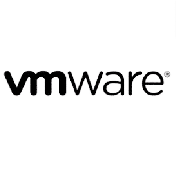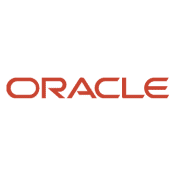Inhalt des Trainings
This course provides the student with the foundation and basic skills necessary to install and configure both host and target DSM/SCM systems. Additionally, they will learn the basic skills necessary to use the five DSM/SCM block mode interfaces, and two GUI interfaces. This four-day course is 50 percent lecture and 50 percent hands-on labs using the DSM/SCM environment.
After you successfully complete this course, expect to be able to:
- Install and configure DSM/SCM on both host and target systems, and install and configure the Planner Interface on a PC workstation
- Correctly use the Planner Interface to perform all activities related to managing software configuration on multiple target systems
- Correctly use the Target Interface to manage DSM/SCM activities on a target system
- Correctly use the Archive and Database Maintenance Interface to manage and maintain both the archive and databases associated with a host and target environment
- Correctly use the CNFGINFO tool to build or modify file and product attributes for software managed by DSM/SCM
- Correctly perform the activities required on the target system to activate the new software
- Correctly perform the activities required to back out to the previous revision
- Correctly use the ZPHIUTL diagnostic utility
Microsoft
Microsoft Office
ITIL
Red Hat
Cisco
 VMware
VMwareCitrix
Unix Linux
Amazon AWS
 Oracle
OracleAutoCAD
IBM
Hewlett Packard Enterprise (HPE)
Google
Salesforce
AI – Artificial Intelligence
Automatisierung
Cloud Computing
Grafik
IT-Management
Development
Security
Netzwerk
Data Science
Soft Skills
Video Based Trainings
Nachhaltigkeit
